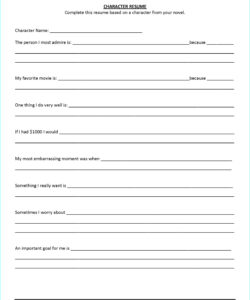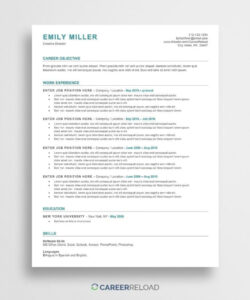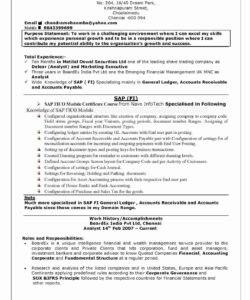When it comes to hiring, reviewing resumes is one of the most important steps in the process. A resume is a candidate’s first impression, and it’s essential to evaluate it thoroughly to ensure that you’re making the right decision. In this article, we’ll provide you with tips on how to review a resume effectively.
First, it’s important to understand the job requirements and the skills needed to perform the job. Create a checklist of the minimum skills, experience, and education required to do the job. Use this as a framework to efficiently sort the resumes into piles of yes, no, and maybe. Then you can dig down to the more nuanced filters.
Second, take the hiring market into account. As you consider how to review the resumes you’ve received, remember the possibility that the perfect candidate may not be out there, especially with today’s hyper-competitive hiring market and talent shortages. That’s why managers should hire as much for potential as they do for skills or job history. Sometimes it’s best to provide professional training to take care of any gaps.
How to Evaluate Resumes Objectively and Fairly
It’s important to evaluate resumes objectively and fairly, separating wheat from the chaff, taking the hiring market into account, spotting red flags, and recognizing potential diamonds. Here are some tips to help you:
1. Customize your resume messaging. Pay attention to word choice and details. Be rigorous but not rigid.
2. Look for relevant qualifications. Read your career aspirations. Review your experience. Look for red flags. Do a final revision.
3. Quantify your experience and accomplishments. Use numbers and percentages to show your impact. This will help you stand out from other candidates.
4. Be concise. Keep your resume to one or two pages. Use bullet points to make it easy to read.
How to Spot Red Flags in Resumes
Some resumes contain warning signs of potential problems that may outweigh a candidate’s abilities and experience. Here are the biggest red flags to look for as you evaluate resumes:
1. Unexplained employment gaps. As you’re reviewing an applicant’s work history, look out for long breaks between jobs. While there could be a perfectly reasonable explanation, such as military service, any serious candidate should be prepared and willing to explain these gaps in an interview.
2. Excessive job-hopping. Job hopping can be a sign of ambition. But too many employers in too short a time span could indicate an uncommitted worker. People do leave jobs quickly for good reasons, but since you’ll be spending significant resources on onboarding and training new hires, you need to know it’ll be worth the effort.
3. Static career. A resume with a series of jobs and no increase in responsibility could suggest a lack of career direction or drive.
4. Careless mistakes. Given all the online resources and books devoted to resume writing, there’s no excuse for a resume that’s difficult to read, poorly organized, or littered with typos. Candidates who submit messy documents demonstrate a lack of attention to detail, a real liability in most fields.
FAQ
What should I look for when reviewing a resume?
When reviewing a resume, you should look for relevant qualifications, career aspirations, experience, and accomplishments. You should also look for red flags, such as unexplained employment gaps, excessive job-hopping, static career, and careless mistakes.
How do I evaluate a resume objectively and fairly?
To evaluate a resume objectively and fairly, you should customize your resume messaging, pay attention to word choice and details, be rigorous but not rigid, look for relevant qualifications, read your career aspirations, review your experience, look for red flags, and do a final revision.
How do I spot red flags in resumes?
To spot red flags in resumes, you should look out for unexplained employment gaps, excessive job-hopping, static career, and careless mistakes.
That’s it! I hope this helps you write a great article. Good luck!


